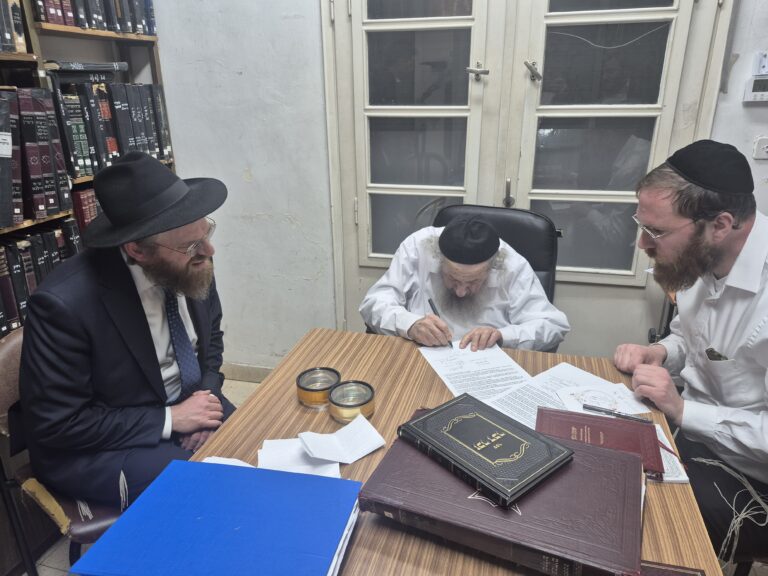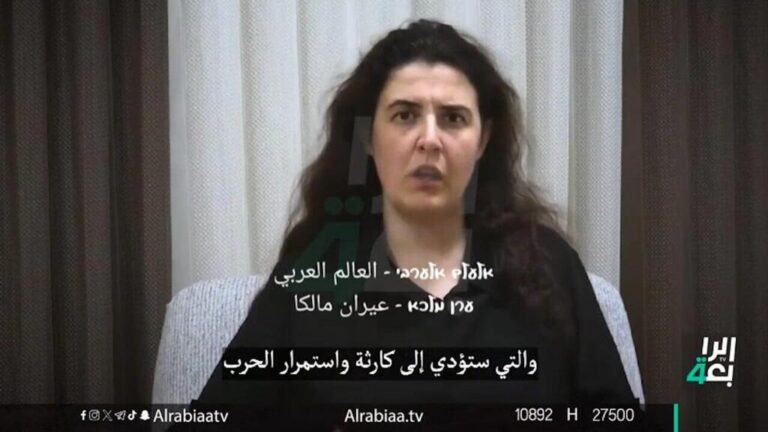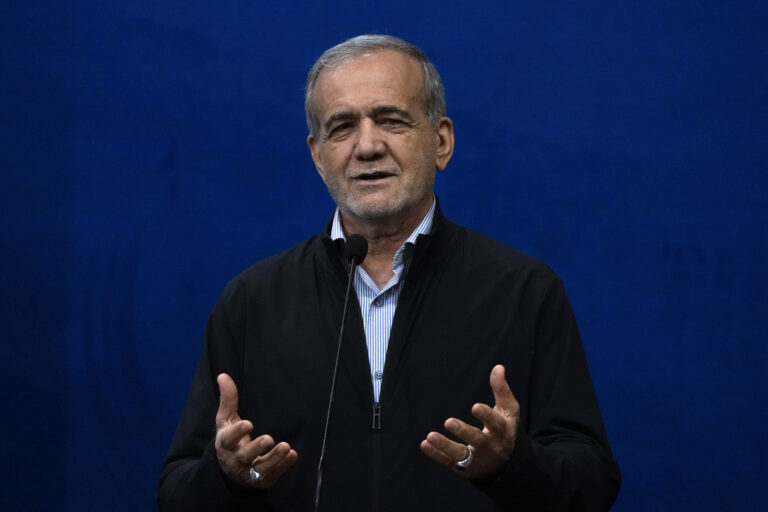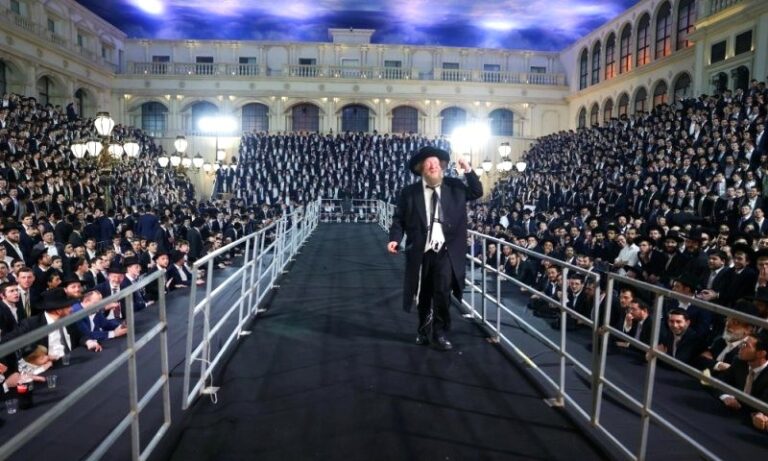 There was a bit of a political flurry, but the situation was contained, despite allegations that Israel bombed a Syrian nuclear facility in September 2007. Damascus did not launch a counter attack. Statements to the media were indeed vague, but eventually, foreign media reports confirmed that the IAF strike over Syria was indeed against the Al Kibar nuclear facility as believed.
There was a bit of a political flurry, but the situation was contained, despite allegations that Israel bombed a Syrian nuclear facility in September 2007. Damascus did not launch a counter attack. Statements to the media were indeed vague, but eventually, foreign media reports confirmed that the IAF strike over Syria was indeed against the Al Kibar nuclear facility as believed.
A comprehensive report has been released by Der Spiegel, claiming to reveal what occurred on September 6, 2007, in the desert, 130 kilometers (81 miles) from the Iraqi border. The following article is based on the information provided in the Der Spiegel report.
Syria’s state-run SANA news agency did report at 2:55pm that Israeli fighter planes violated Syrian airspace at about 1:00am that day. The official Syrian report explained that the nation’s defense forces confronted the planes, compelling them to turn around, adding they dropped some ammunition in deserted areas, without resulting in and loss of life or damage. One of the questions which remain unanswered is why the state-run news agency concealed the event for half a day.
At 6:46pm, Israel Radio quoted an “official source”, stating the alleged incident never occurred. At 8:46pm, a US State Department spokesman explained they have “second hand reports” which contradict one another.
This report addresses many questions, which were probed during recent months, with Der Spiegel speaking with many experts, who agreed to reveal what they know under conditions of anonymity. Some of the questions that have not been answered are;
Was the facility a nuclear plant?
Was Syria about to build a bomb?
Was the attack a final warning to the Iranians?
How did Israel learn about the facility?
The report states the Mossad has been monitoring Syrian President Bashar al-Assad since he assumed the leadership mantle from his father, aware of his commitment towards supplying Hizbullah with advanced weaponry, and equally aware of clandestine meetings between Assad and senior North Korean delegations. It is known that Pyongyang has in the past assisted Syria in its development of medium range ballistic missiles as well as towards developing chemical weaponry including sarin and mustard gas.
Nevertheless, the Mossad was quite aware of a possible desire to achieve nuclear independence, and the nation did not waste time in dealing with the new leader, ordering IAF fighter jets to fly over Assad’s Damascus home, to send a clear message as well as hoping to measure just what type of response would be forthcoming.
In the spring of 2004, America’s National Security Agency detected a high volume of telephone calls between Syria and North Korea, primarily between the N. Korean capital and Al Kibar, in the northern Syrian desert area. The IDF’s 8200 intelligence unit was notified and Al Kibar was closely monitored.
In 2006, Israel decided to turn to the British for an opinion. Simultaneously, an interesting chain of events took place, including the arrival of a Tel Aviv delegation in London at the same time a senior Syrian delegation arrived. The senior Syrian official who arrived in the Kensington area was under Mossad surveillance, and luckily for Israel, the official left his room but he did not take his laptop, permitting Mossad agents to install a Trojan horse, to tap into the computer’s files.
It was an important step forward, as the laptop contained letters, files and hundreds of photos, showing the Al Kibar facility in various stages of construction, describing the construction site as a “tree house on stilts”. Later photos depicted efforts to give the facility a benign appearance from above, apparently to mask it from satellite photos. The finished product is described as a “shoebox” intended to mask what was underneath, but the photos of inside led intelligence officials to believe work was underway on fissile material.
Mossad officials also identified two men seen in one of the photos, Chon Chibu, a leading official in N. Korea’s nuclear program, and Ibrahim Othman, the director of the Syrian Atomic Energy Commission. This prompted an alert and notification to Prime Minister Ehud Olmert, who rightfully questioned if immediate action was necessary. He was told that additional information was needed.
The story now moves to a CIA safe house, a facility used for high-level defectors, and in this case, one particular individual is of interest, Ali-Reza Asgari, 63, an Iranian general and a former head of the elite Revolutionary Guard in Lebanon. He also served as Iran’s deputy defense minister in the 1990s.
His demise began with the election of Iranian President Mahmoud Ahmadinejad in 2005, especially after Asgari labeled some of the president’s men as corrupt. Asgari realized his life was in danger, prompting the decision to defect. This was good news for both the Israeli and American intelligence communities. Israel learned that in addition to the facility under construction in Iran in Natanz, there was a second secret facility, of which they were unaware. They learned that Iran was funding the secret facility, being built in Syria, with cooperation of the North Koreans.
Back in Iran, official news sources reported that Asgari had been kidnapped and murdered by the Mossad. The report believes that America has created a new identity for the former Iranian deputy defense minister since he has simply vanished.
In March 2007, three individuals, a political, military and intelligence expert, were summoned to the prime minister, briefing him under absolute secrecy. The prime minister knew what had to be done, and he also knew that at the very least, he would require tacit American approval, aware that IAF jets would be detected only tens of kilometers from Turkish military bases, a NATO member.
Leading the team was IDF intelligence officer, Major-General Yaakov Amidror, who painted a worrisome picture, speaking of the threat to Israel as a result of the Syrian facility. Amidror made the connection between the Syrians, Iranians and N. Koreans. Amidror also told the prime minister about a ship called Gregorio, which originated in N. Korea and was apprehended in Cyprus in September 2006. The ship was carrying “suspicious looking pipes” headed for Syria. In addition, according to a Mossad report, a year later, the freighter Al-Ahmad arrived in Syria, from N. Korea, carrying uranium materials.
The prime minister approved a risky mission, permitting elite IDF commandos to cross into Syria, dropped off by choppers traveling at low altitude. The mission was a fact-finding expedition, bringing along equipment to take soil samples from the Deir el-Zor area, the general area of the Al Kabir facility. The team was detected by a patrol, compelling them to abort prior to completing the mission, still lacking absolute proof of a clandestine Syrian nuclear facility.
The prime minister sided with Amidror, favoring an attack, prompting him to contact American National Security Advisor Stephen Hadley. Simultaneously, the IDF was given the green light for an attack, beginning what was dubbed Operation Orchard.
On September 5, 2007, at about 11:00pm, pilots in the Ramat David air force base south of Haifa were called for an emergency exercise. In essence, this was a diversion and three of the ten planes were summoned back during the ongoing exercise, dispatched to another location, the real purpose of the night’s activity.
While seven F-15s operated near the Syrian border at low altitude, hopefully drawing attention, three planes were sent to eliminate the objective, Al Kibar, and the planes dropped bombs that were significantly more destructive than necessary, wishing to make sure the job was done. After receiving word that the mission was successful, Prime Minister Ehud Olmert telephoned Turkish Prime Minister Recep Tayyip Erdogan to explain, asking that he telephone Syrian President Bashar al-Assad, to inform him that Israel is not about to tolerate another nuclear plant – as well as to inform him the mission is over and there will be no additional hostile activity. The message was simple, that if Assad decided to play down the incident, Israel would oblige, doing the same, adding Jerusalem is still interested in a peace agreement with Damascus.
David Albright, of the Institute for Science and International Security (ISIS), located near the White House, began studying the data, eventually called to meet with CIA head Michael Hayden, who showed him some classified photos, photos which permitted Albright to determine with absolute certainty that the Israelis took out a Syrian nuclear facility. When Albright speaks, the world listens, with the physicist being an internationally famed expert . The photos by the way alarmed and angered Israel since they revealed some of the Mossad’s intelligence sources. Albright announced there was no longer a doubt, that a nuclear reactor had been targeted.
This amazing complex operation is not over, and in the next stage, we move to the car bomb assassination of Hizbullah’s number two man, Imad Mughniyeh, on February 12, 2008. While Mughniyeh rarely made public appearances, this was a safe event, a meeting of Hamas leader Khaled Meshal and other friends and an array of Iranian officials. Mughniyeh was atop of the Mossad hit list, and carried a $5 million reward for his apprehension from the FBI.
Mughniyeh’s SUV was parked in the Kafar Soussa diplomatic quarter, near the Syrian Atomic Energy Commission, where it is believed the secret nuclear program originated and was supervised.
Anyway, when he left the event and entered his SUV, a superbly calculated bomb detonated, destroying the vehicle and the occupant, while causing almost no collateral damage to the area. Hizbullah blamed the “Zionists” and America announced “the world is a better place” without Mughniyeh. Israel remained silent.
Experts quoted in the report state Mossad agents placed the explosive in the driver’s headrest, a bomb activated by contact.
The next event is the murder of Syrian General Suleiman on a beach in Tartous, 160 kilometers northwest of Damascus. The general was hit be precision sniper fire from a yacht as his bodyguards looked on helplessly. The yacht fled the scene. The Syrians put a press blackout on the murder for a number of days. Suleiman was a senior official involved in Syria’s nuclear program. Eventually, Syria’s state-run radio announced the general was found shot dead near Tartous – omitting details of the yacht or any other information.
President Assad told Der Spiegel that the facility bombed was not a nuclear plant but a “conventional military installation”. Regarding traces of uranium, the Syrian leader explains “the Israelis could have dropped it there”. He stressed Syria’s desire for a nuclear-free Middle East and confirmed he is uninterested in becoming a nuclear power.
Angry at Israel and committed to continue with his allegiance to the axis of evil, Hizbullah, Hamas and Iran, the Syrian leader is working to exhibit a new façade, one of moderation, seeking to embrace a diplomatic relationship with America and Europe. Assad has been somewhat successful in this regard, embraced by President Barak Obama and welcomed by French President Nicolas Sarkozy. America is about to dispatch a military attaché to Damascus, and in all likelihood, an ambassador will follow. Syria may even be removed from America’s list of terror nations.
Assad’s political agenda elicited the ire of the North Koreans, who warned Pyongyang would halt cooperation on Syria’s chemical weaponry program. Iran threatened to end the strategic alliance in response to efforts to form a political bond with the United States.
As far as Iran’s nuclear program, Tehran has since “entrenched” it nuclear program to the point where even bunker-busting bombs will not easily strike Iran’s nuclear facility. The report adds that air strikes would have to be ongoing for a number of weeks, destroying a dozen facilities, in order to set back Iran’s nuclear program more than a few weeks. An Israeli assault would be far more complicated than the destruction of Iraq’s Osirak reactor and Syria’s Al Kibar facility.
(Yechiel Spira – YWN Israel)











4 Responses
Very interesting, but I doubt that ANYONE could possibly know some of the details presented here. My guess would be that the story is probably mostly accurate with some allowances for “creative writing”.
Whatever happened to laying the responsibility of the success of the bombing raid to Yad Hashem? Maybe we should all start giving more credit to Hashem and we would be able to faster see more miracles in our lifetime?
This came from Der Speigel (or however you spell it!) which is german yemach sh’mom paper. Why wasn’t it ‘credited’ as such? This doesn’t lend too much credence to news stories posted here.
Moderators Response: Learn how to read…not just comment without reading one word of an article which you do on almost every article (as is obvious by your constant unapproved comments)….
very interesting article, thanks YWN for running it